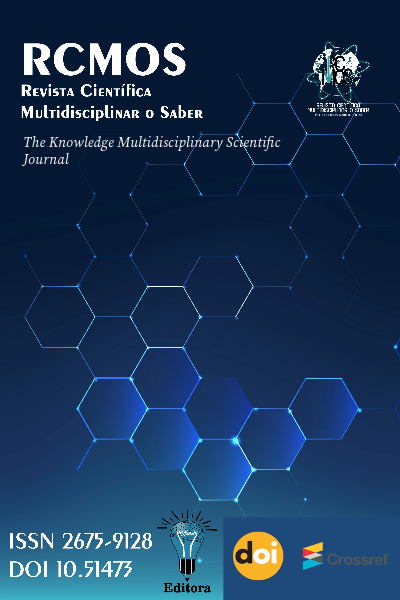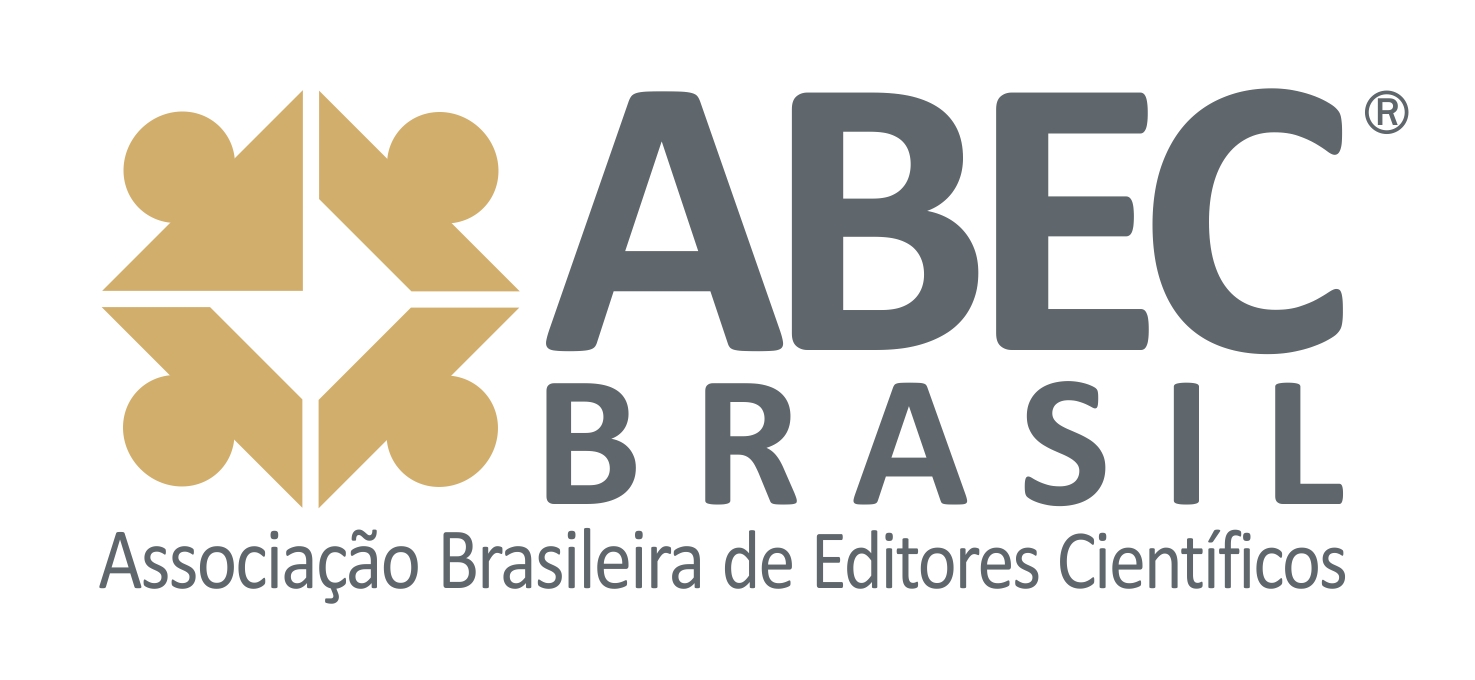Forensic Chemistry in Criminal Elucidation: Scientific Applications in Judicial Investigation
Forensic Chemistry in Criminal Elucidation: Scientific Applications in Judicial Investigation
DOI:
https://doi.org/10.51473/rcmos.v1i8.2021.1099Keywords:
Forensic Chemistry. Criminal Investigation. Chemical Analysis. Material Evidence. Scientific Justice.Abstract
This article provides an in-depth analysis of the importance of forensic chemistry in the
investigative process, highlighting its main applications in criminal sciences. Forensic
chemistry is a fundamental branch of science applied to Law, essential in the analysis of
chemical evidence at crime scenes, such as drugs, gunshot residues, poisons, and bodily fluids.
Through modern analytical techniques, such as chromatography, spectrometry, and
colorimetric reactions, this discipline allows the identification of substances, the establishment
of links between suspects and crime scenes, and the provision of material evidence to the
judicial system. This study was developed based on a literature review of renowned authors in
the field up to the year 2021, adopting a theoretical-scientific approach. The objective is to
demonstrate how the application of forensic chemistry contributes decisively to justice,
ensuring greater accuracy, reliability, and impartiality in criminal proceedings (Castilho &
Henriques, 2018; Souza & Lima, 2018).
Downloads
References
ASSOCIAÇÃO BRASILEIRA DE NORMAS TÉCNICAS. NBR ISO/IEC 17025: Requisitos gerais para a competência de laboratórios de ensaio e calibração. Rio de Janeiro: ABNT, 2017.
CASTILHO, E. M.; HENRIQUES, M. F. Introdução à Química Forense. 2. ed. São Paulo: Pearson, 2018.
JONES, A. W.; HOLMGREN, A.; ÅSGARD, T. Pharmacokinetics of ethanol in saliva: comparison of theoretical models with experimental data. Forensic Science International, Dublin, v. 209, n. 1-3, p. 136–142, 2011.
NOLASCO, M. A. Perícia criminal: química forense. Rio de Janeiro: Forense Universitária, 2015.
RODRIGUES, C. E.; SANTOS, F. J. Técnicas Instrumentais na Química Forense. Belo Horizonte: Editora UFMG, 2019.
SOUZA, D. R.; LIMA, R. A. Análises químicas aplicadas à criminalística. Revista Brasileira de Ciências Policiais, Brasília, v. 9, n. 2, p. 45-78, 2018.
SWGDRUG. Scientific Working Group for the Analysis of Seized Drugs – Recommendations. U.S. Department of Justice, 2019.
TAYLOR, C. E. Forensic Chemistry. Upper Saddle River: Prentice Hall, 2010.
Downloads
Additional Files
Published
Issue
Section
Categories
License
Copyright (c) 2021 Aryane Rodrigues dos Reis (Autor)

This work is licensed under a Creative Commons Attribution 4.0 International License.
















